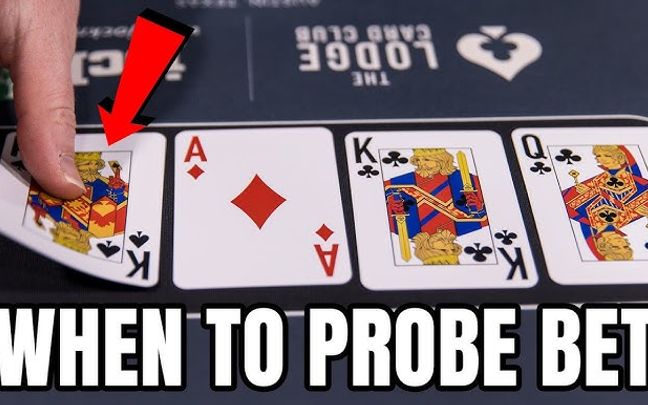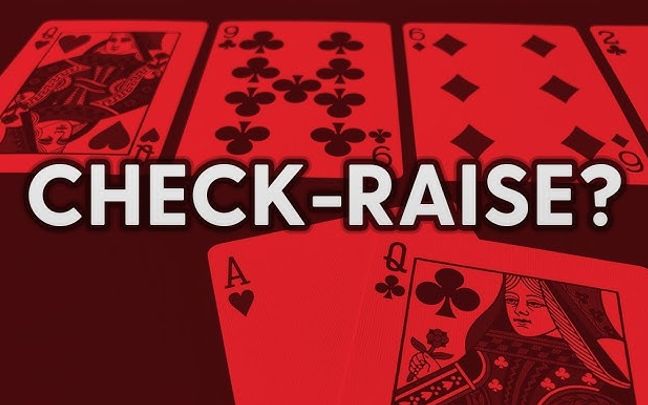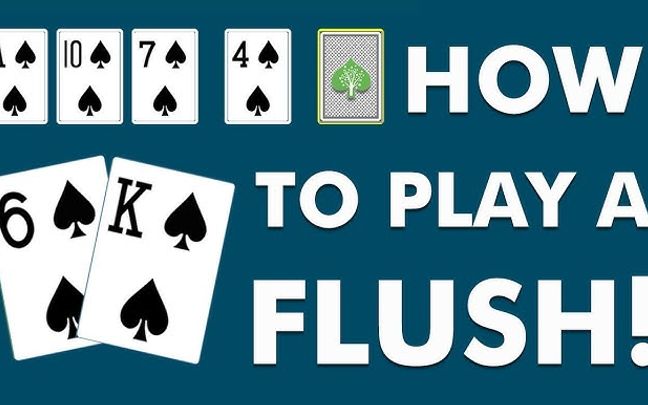Combo hands in poker are an important concept that helps players analyze and predict the possible hand combinations their opponents might hold. Understanding combo hands not only enhances your chances of winning but also improves your skills in reading your opponents' hands. This article aims to help you grasp the concept of combo hands and how to apply them in your poker strategy.

Combo hands in poker are a crucial element for developing an effective playing strategy.
What is a Combo Hand in Poker?
A combo hand in poker is an important concept that helps you better understand the probabilities and strategies of the game. In poker, each hand can create multiple combinations depending on the community cards on the table and the cards you hold. A combo hand is essentially how these combinations are calculated and utilized to inform your playing decisions.
To understand this better, consider the following example: Suppose you are playing Texas Hold'em and hold a pair of Aces (AA). On the board, there are three different community cards, such as K-Q-J. With these cards, you can create various combo hands. For instance, if you suspect that your opponent may have a King (K), the combo hands could include AA-KK (your Aces combined with your opponent's Kings) or AA-AK (your Aces combined with an Ace and a King from your opponent). Each of these combo hands represents a potential hand that your opponent could be holding.
The concept of combo hands not only helps you predict the cards your opponent may have but also allows you to assess your chances of winning based on the remaining combinations. For example, if you have a strong hand like AA and know that very few cards can help your opponent create a stronger combo hand, you can confidently play more aggressively. Conversely, if there are many combo hands your opponent could hold that could beat you, you'll need to be more cautious in your decisions.
Additionally, combo hands are crucial for calculating probabilities, especially when you are playing at tables with multiple players. You can use this concept to estimate the likelihood that an opponent holds a specific hand based on the number of cards available and how they have played previously. This helps you adjust your strategy according to the real-time situation.
In summary, combo hands in poker enhance a player's ability to read opponents and make more accurate decisions in each hand.

Understanding combo hands in poker enables you to make more accurate decisions in every betting round.
Types of Combo Hands and Their Quantities
Combo hands in poker are a crucial concept that helps players understand the potential hands their opponents might hold. This concept is particularly applicable in games like Texas Hold'em, where players can use combo hands to analyze the various combinations that opponents could possess, based on the cards on the table and those in their own hands.
Below are the different types of combo hands and how to calculate their quantities.
Pocket Pairs
Pocket pairs occur when a player holds two identical cards, such as a pair of Aces (AA), Kings (KK), or Queens (QQ). The number of combo hands for a specific pair is fixed and always equals 6.
For example, if you want to know how many combinations can create a pair of Aces (AA) in a hand, the answer is 6:
- A♥A♦
- A♥A♣
- A♥A♠
- A♦A♣
- A♦A♠
- A♣A♠
For any other pair, the calculation is the same, consistently yielding 6 combos.
Suited Hands
Suited hands consist of two cards of the same suit, such as Ace and King of spades (A♠K♠) or Queen and 10 of hearts (Q♥10♥). For any suited combo hand, the number of combinations will always be 4.
For example, if you want to calculate how many ways you can receive a suited A-K hand, there are 4 combinations:
- A♥K♥
- A♦K♦
- A♣K♣
- A♠K♠
Other suited hands follow the same pattern, with 4 combos for each type.
Offsuit Hands
Offsuit hands consist of two cards of different suits, such as Ace of spades and King of diamonds (A♠K♦) or 9 of clubs and 8 of spades (9♣8♠). For any offsuit combo hand, the number of combinations will be 12.
For instance, for A-K offsuit, there are 12 combos:
- A♥K♦
- A♥K♣
- A♥K♠
- A♦K♥
- A♦K♣
- A♦K♠
- A♣K♥
- A♣K♦
- A♣K♠
- A♠K♥
- A♠K♦
- A♠K♣
Other offsuit hands also follow this formula, always yielding 12 combos.
Suited Connectors
Suited connectors are two consecutive cards of the same suit, like 7-6 of spades (7♠6♠) or Q-J of hearts (Q♥J♥). Similar to other suited hands, the number of combinations for suited connectors is always 4.
For example:
- 7♠6♠
- 7♦6♦
- 7♥6♥
- 7♣6♣
Offsuit Connectors
Offsuit connectors consist of two consecutive cards of different suits, like 7♦6♠ or Q♣J♥. Similar to other offsuit hands, the number of combinations for offsuit connectors is always 12.
For example:
- 7♠6♥
- 7♠6♣
- 7♠6♦
- 7♦6♠
- 7♦6♣
- 7♦6♥
- 7♣6♠
- 7♣6♦
- 7♣6♥
- 7♥6♠
- 7♥6♦
- 7♥6♣
Suited Gappers
Suited gappers are two cards of the same suit but separated by one or two ranks, such as J-9 of spades (J♠9♠) or 8-6 of hearts (8♥6♥). The number of combinations for suited gappers is also 4.
For example:
- J♠9♠
- J♦9♦
- J♥9♥
- J♣9♣
Offsuit Gappers
Offsuit gappers consist of two cards of different suits that are not consecutive. The number of combinations for offsuit gappers is 12.
For example:
- J♠9♦
- J♠9♣
- J♠9♥
- J♦9♠
- J♦9♣
- J♦9♥
- J♣9♠
- J♣9♦
- J♣9♥
- J♥9♠
- J♥9♦
- J♥9♣
Understanding the different types of combo hands in poker and their quantities is crucial for making strategic decisions while playing. It not only helps you calculate the probabilities of the hands your opponents might hold but also improves your ability to read opponents and make more accurate decisions.

Combo hands in poker help identify potential situations and enhance the chances of winning.
By mastering the different types of combo hands in poker, you can enhance your poker strategy and gain an advantage in every hand.






















